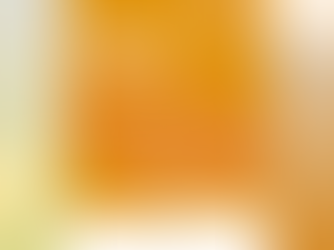
Our Story
Save Your Skin Foundation (SYSF) is a patient-led organization dedicated to the fight against non-melanoma skin cancers, melanoma, and ocular melanoma through education, advocacy, and awareness initiatives across Canada. SYSF provides a community of oncology patient and caregiver support throughout the entire continuum of care, from prevention and diagnosis to survivorship.
.png)
The I’m Living Proof initiative is a program intended to provide a wealth of information, resources, and support to those touched by the disease, while also connecting you to a community of survivors who have shared their stories. This initiative is borne from Save Your Skin Founder Kathy’s desire to ensure that those diagnosed with melanoma know that surviving melanoma is possible –“I’m Living Proof.”
Recent News
Save Your Skin Foundation is a proud resource for melanoma under the National Comprehensive Cancer Network (NCCN), making us a leading authority on melanoma and skin cancers.
















